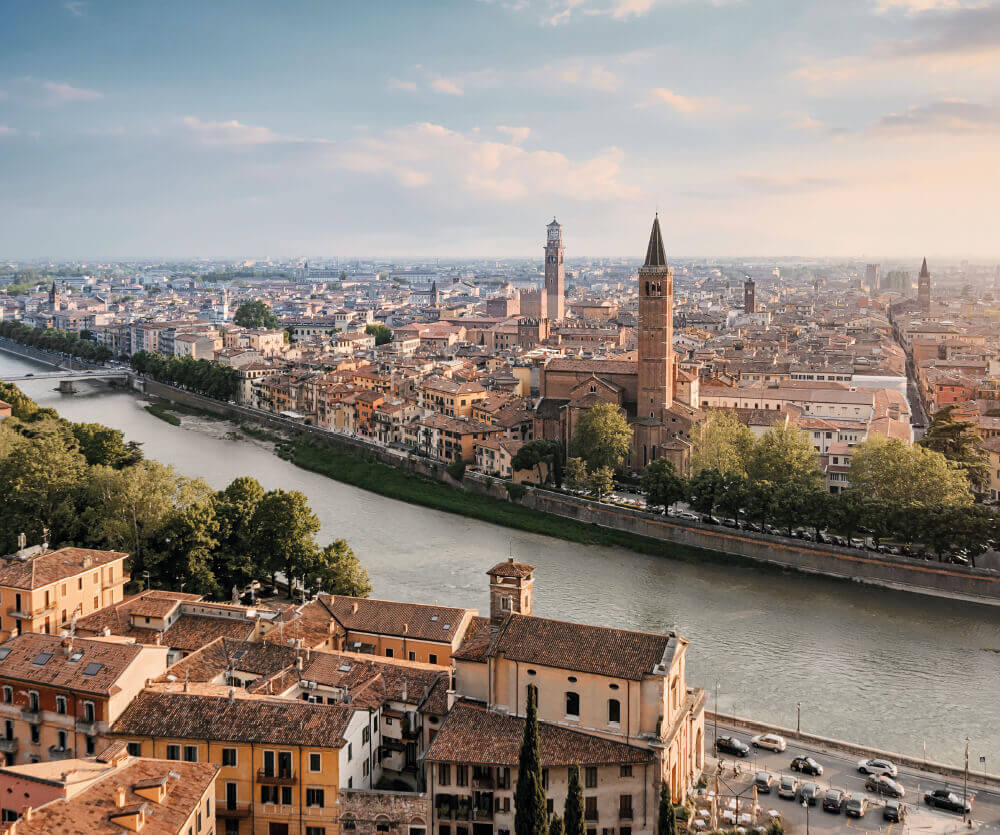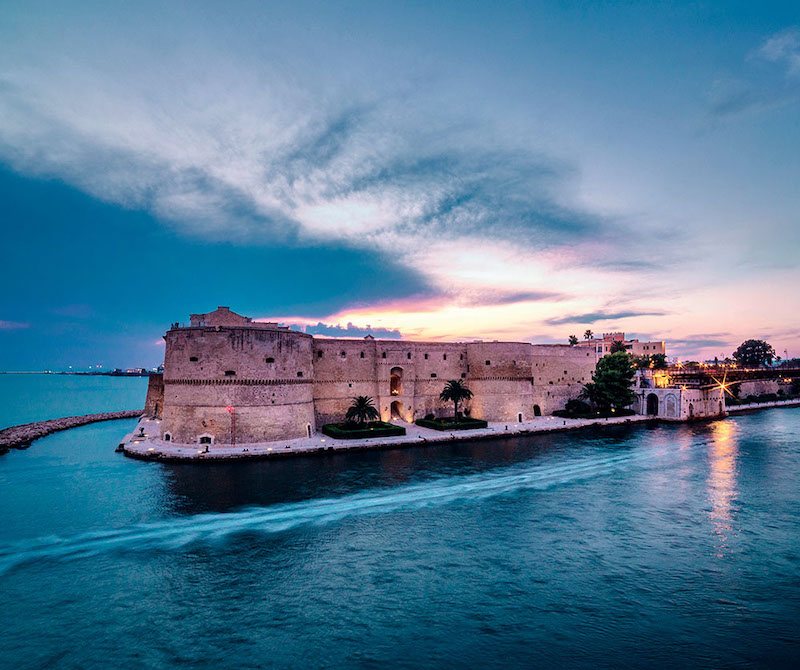The history of Apulian ceramics is closely related to the world of wine. The so-called “Capasoni”, i.e. artefacts made of ceramics, were used in ancient times as wine containers.
Grottaglie, with its magnificent “Quartiere delle ceramiche” (Ceramics quarter), is a must-see when visiting Apulia.
Strolling along its characteristic alleyways is a unique experience. If you start from the lower part of the town and proceed towards the upper part, there is a series of artisan workshops, some of which are excavated in the rock, others with amazing balconies and others still featuring ancient furnaces.
Once at the top, the view is amazing: vases and containers stacked on the shop balconies and then plenty of ceramics of all shapes and sizes decorating balconies and roofs.
The manufacture of ceramics is an ancient art – the hands, the potter’s wheel and the oven are the tools of the artisan, making sure each object is different.
The most popular ceramic object from Apulia, which is known all over the world, is the “Pumo”. It is available in a variety of sizes and colours and decorates the corners of the city’s balconies. Local tradition says it is a lucky charm.
The history of Apulian ceramics is also related to the world of wine. Among the many artefacts made of ceramics are the so-called “Capasoni”.
The word derives from the dialect “capase” (i.e., capacious), and the term identifies containers of various sizes made of clay, usually ochre or dark yellow in colour, used in ancient times for wine, as well as for olive oil, water and solid food such as dried figs and pickled mushrooms.
In olden days, farmers used the Capasoni to store the wine produced after the grape harvest. They replaced the wooden casks currently used for ageing.
One of their peculiarities was that they kept the internal temperature constant without altering the contents. In order to do so, the Capasone was sealed with a clay plate kept in place with some lime and ash to avoid infiltrations. A small tap called a “cannedda” or a cork called a “pipolo” was then placed on the “belly” of the Capsone.
Nowadays, they are very popular as villas and gardens decorations.




